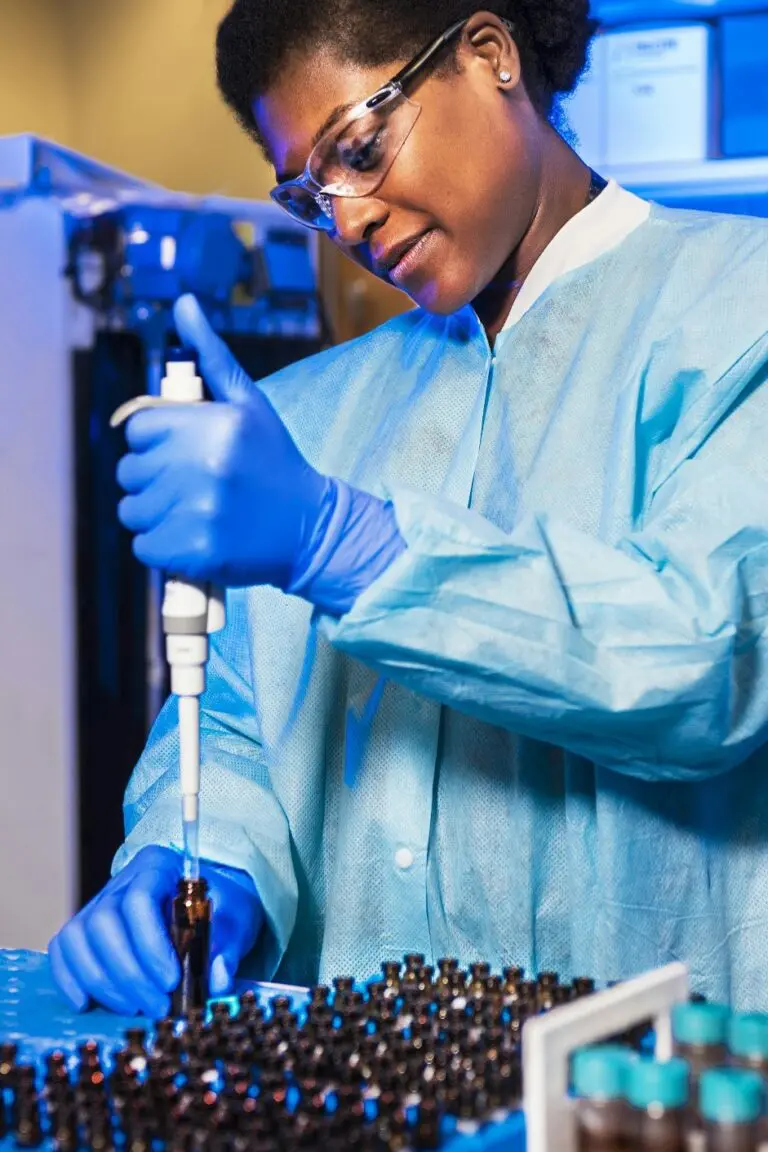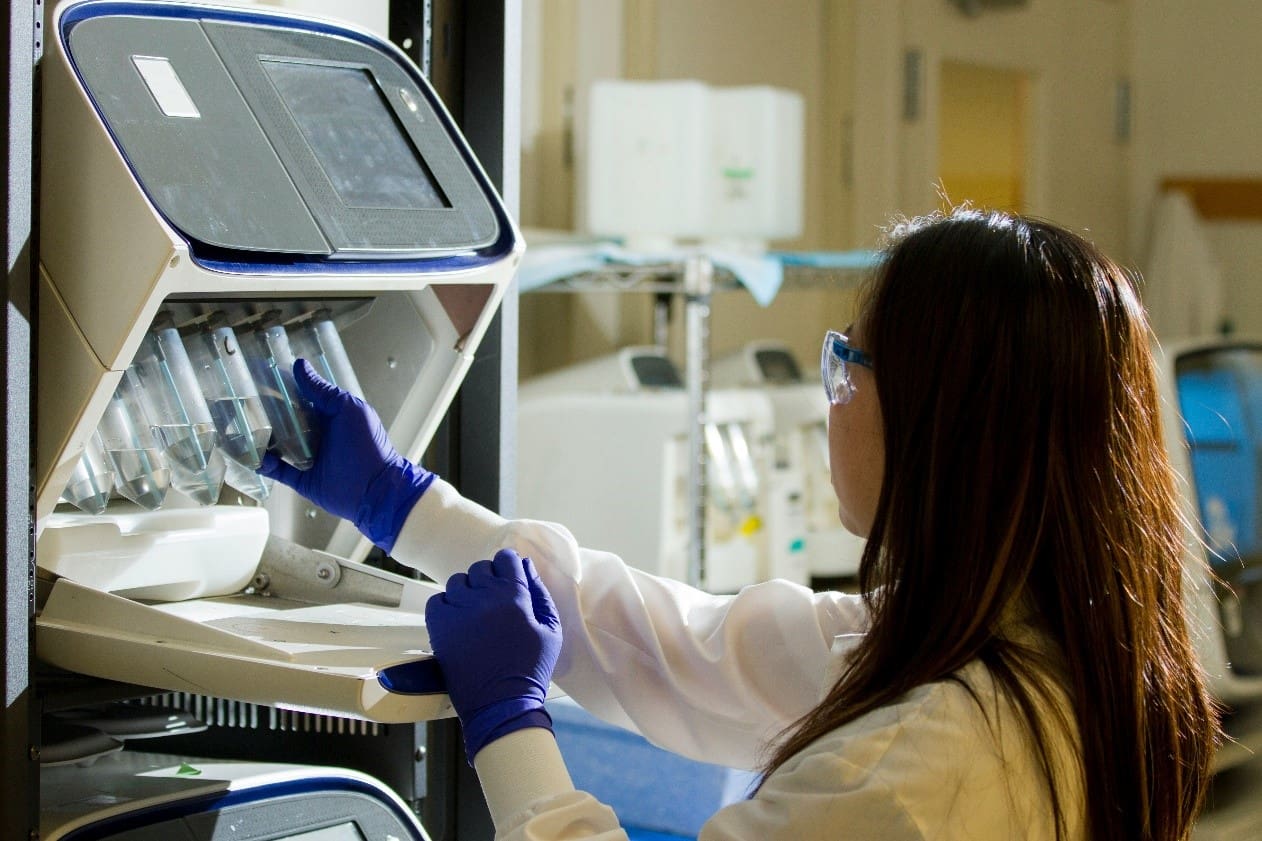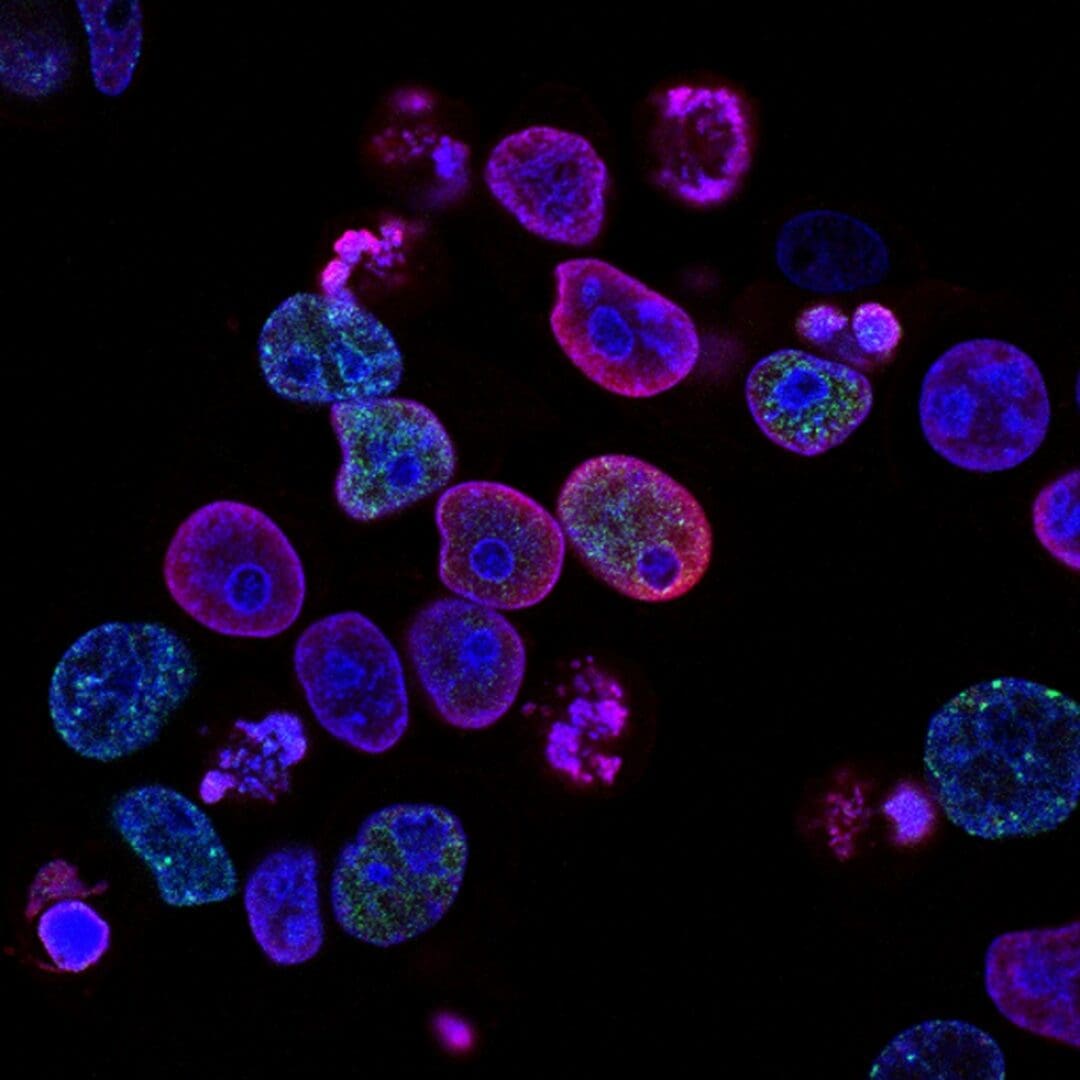CRISPR and Genetic Editing: Where Do We Stand (Ethically)?
The CRISPR-Cas9 gene editing technology has swept the scientific world and the general public with a wave of excitement and apprehension. With its adeptness at precisely targeting and altering DNA sequences, it promises to cure diseases, enhance agriculture, and even modify the environment. However, its power to alter life itself raises profound questions of ethics that demand great deliberation. This blog post aims to explore the ethical concerns associated with gene editing technology and answer the comprehensive question of what the limits and boundaries of its use should be.

The Ethical Landscape
The ethical concerns surrounding CRISPR and genetic editing are numerous and multifaceted. Some of the most pressing issues include:
- Safety and Unintended Consequences: As with any new technology, there is always the risk of unpredictable side effects. Sometimes, CRISPR edits occur at places other than in the intended genome in a phenomenon called off-target effects. On the other hand, unexpected changes that occur at the site of editing are referred to as on-target effects. These can be harmful to an organism’s health or result in some unwanted traits. Scientists continue to work on refining the technology and reducing these risks, but the possibility of unintended consequences is still a concern.
- Germline Editing and the Inheritance of Change: One of the most contentious uses of CRISPR involves editing human germline cells, which includes eggs, sperm, or embryos. Unlike somatic cell editing, which affects only the individual being treated, germline editing produces changes that can be passed down to future generations. This has led to many ethical concerns and questions about reproductive autonomy, the rights of future children, and the potential for worsening societal inequalities. A graver cause for concern in germline editing is the transmission of some kind of unforeseen genetic change that has unpredictable (and potentially hazardous) consequences. Thus, many scientists and regulators are calling for a temporary prohibition on this kind of editing until the technology proves to be safe and proper considerations are regarded.
- The Challenge with Enhancement: It can be difficult to know the line between treatment and enhancement. Though there is near unanimous agreement on using CRISPR for serious diseases, using the technology to enhance desirable traits like intelligence or physical ability is highly controversial. Many worry that if enhancement is allowed, eventually, the genetic advantages will be solely for the wealthy, causing society’s disparities to widen further.
- Biodiversity and Ecological Impacts: CRISPR’s use in agriculture and environmental applications also presents ethical challenges. Some concerns include the potential for reducing genetic diversity in crops and livestock, the unintended spread of edited genes into wild populations, and the potential for disrupting fragile ecosystems.
- Access, Justice, and Human Rights: One of the most crucial ethical concerns is ensuring equitable access to CRISPR technologies. High development and treatment costs may increase health disparities, keeping such life-changing therapies accessible to only a privileged few. Furthermore, there is potential for using CRISPR to target certain populations or traits, raising concerns over discrimination and violations of human rights.
- Who Decides? Public Engagement and Policy: Clear guidelines and regulations for CRISPR need to be established. This entails an intricate balance between promoting innovation and protecting against harm. It also requires public involvement through engaging in open and transparent discussion on the ethical, social, and legal implications of this strong technology. The question of who decides about the applications and how such decisions are to be made is a part of responsible governing.

Balancing Innovation with Responsibility
Navigating the ethical landscape of CRISPR involves an approach that, on many levels, balances innovation and responsibility. First, rigorous research and safety testing needs to be conducted to improve accuracy and reduce risks while still accounting for long-term effects. Other priorities include having an open dialogue and public engagement.
This leads to fostering inclusive discussions and debates among policymakers and scientists so that they can make decisions that reflect societal values and address the ethical, legal, and societal implications of gene editing. Secondly, strict regulatory frameworks must be put in place as a means of preventing misuse and steering responsibility toward areas such as germline editing, human enhancement, and access. These regulations, while strict, should be adaptable to the evolution of CRISPR and gene editing technology. Finally, international collaboration will be necessary in response to global challenges introduced by CRISPR. By sharing knowledge and resources, we create a globally fair and responsible environment that will enhance CRISPR development.
Conclusion
CRISPR-Cas9 gene editing may well alter the healthcare sphere as we know it. However, the impact it has, whether for good or ill, will ultimately depend on the choices we make today. We can harness the power of CRISPR in building a healthier, more sustainable future for all by accounting for ethical intricacies, engaging in reflective discussions, and developing responsible guidelines.







